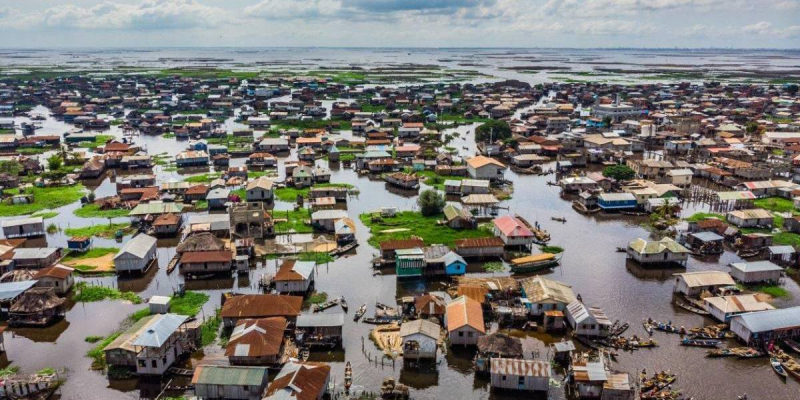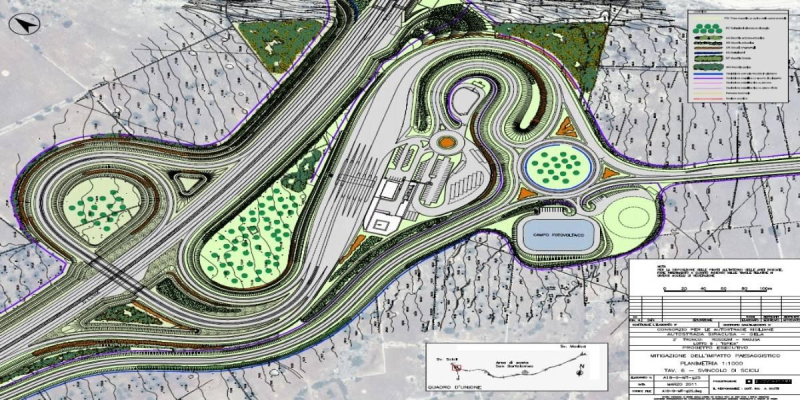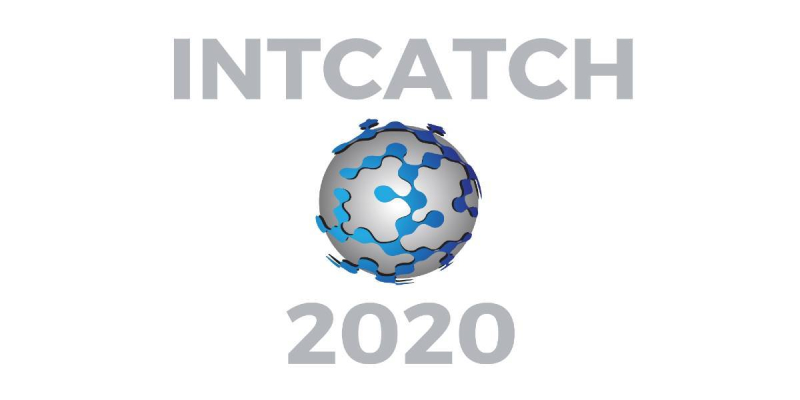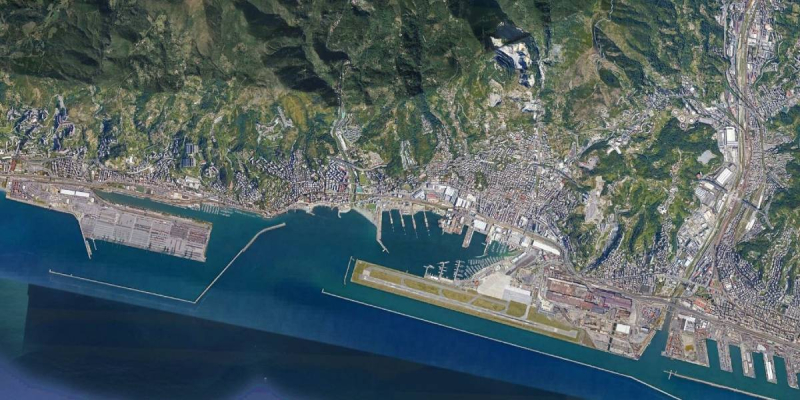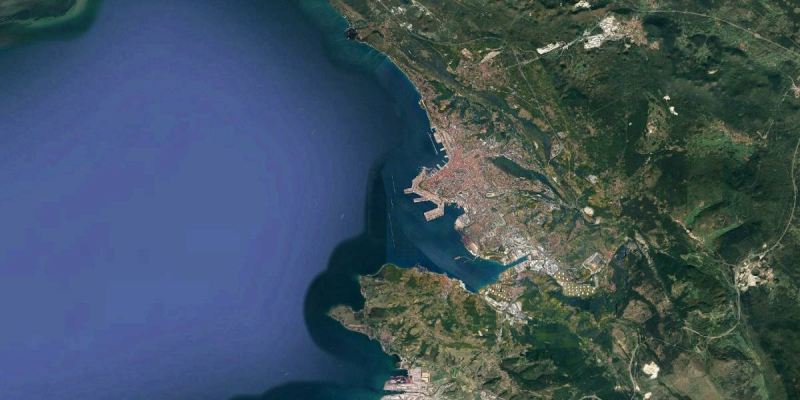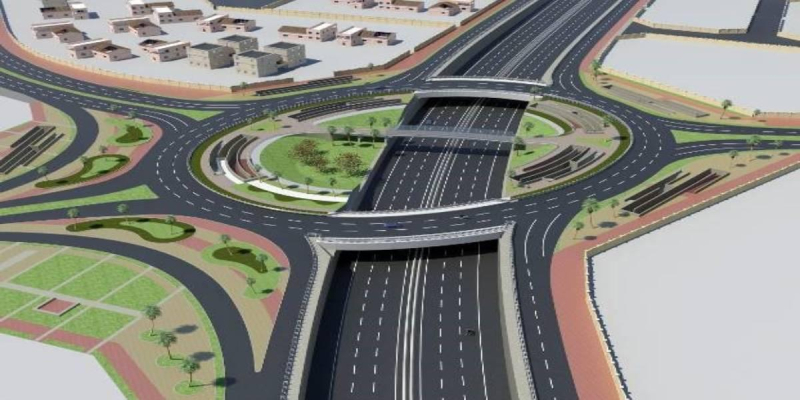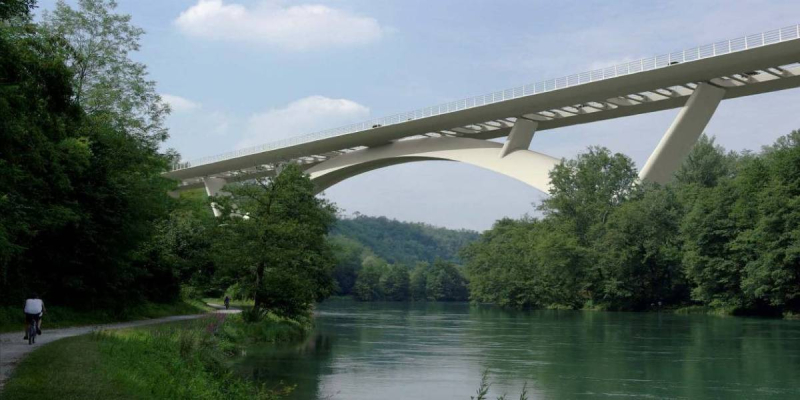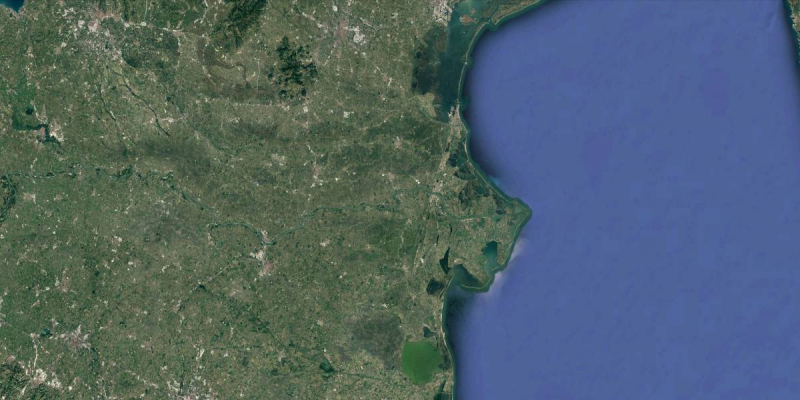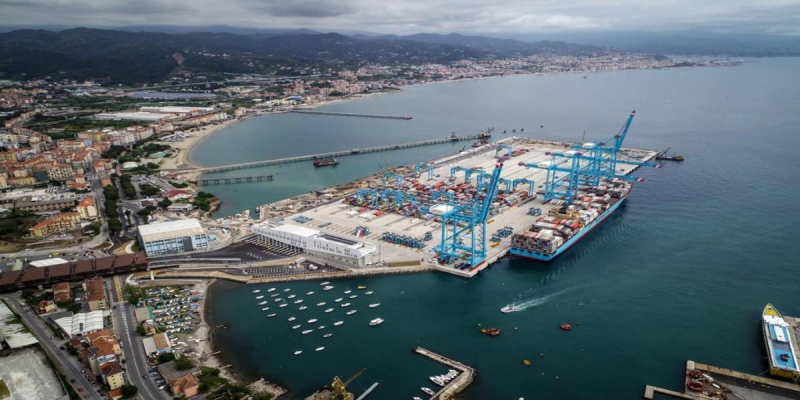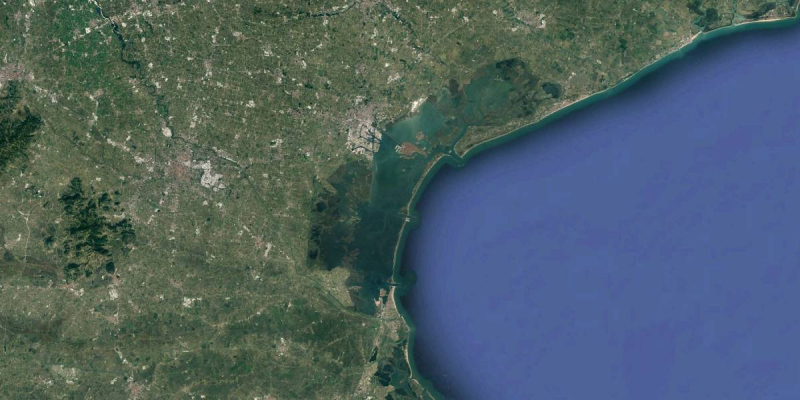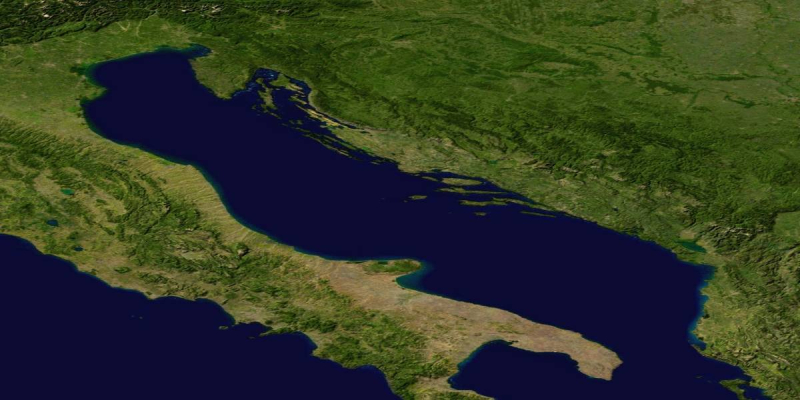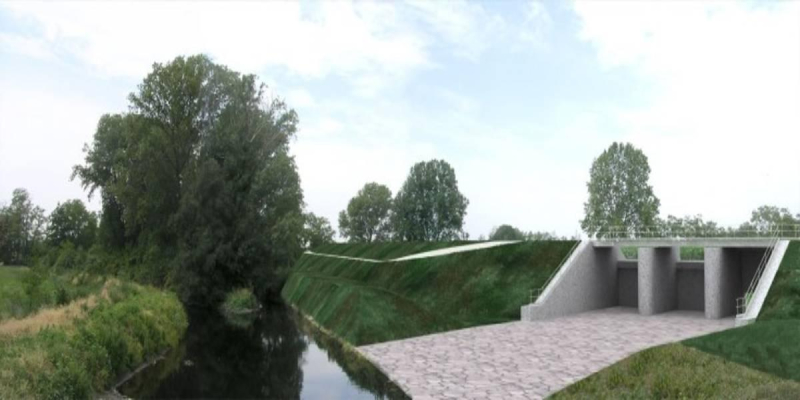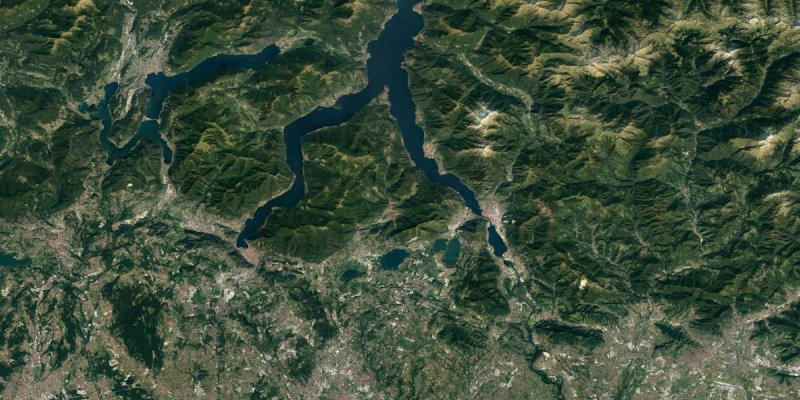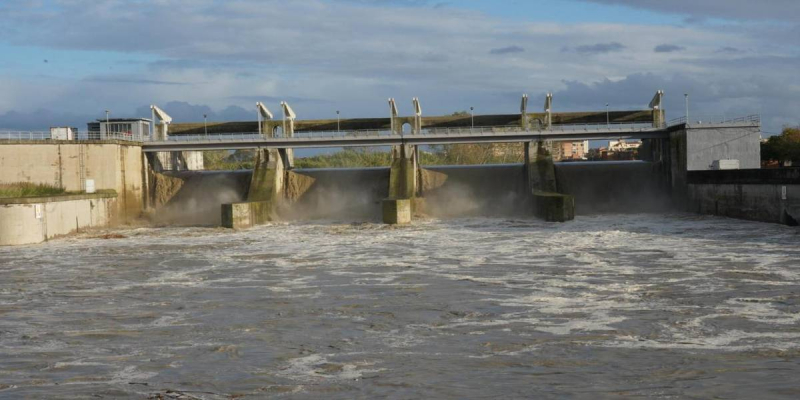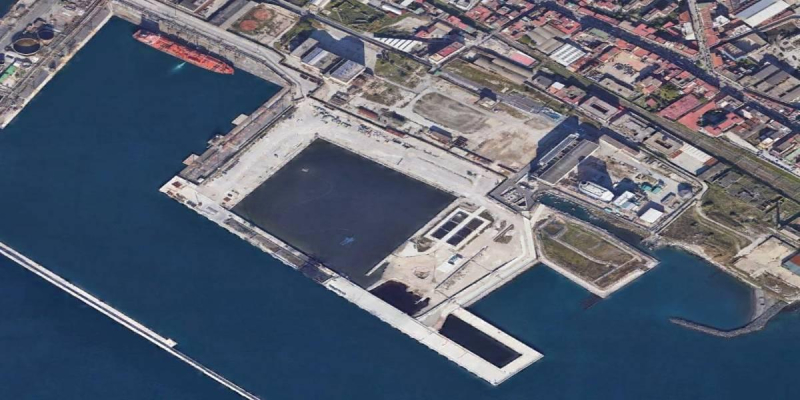
Environnement Etudes Environnementales
INTCATCH – Development and application of novel integrated tools for monitoring and managing catchments (H2020 Eu Project No 689341) UE
INTCATCH project instigates a paradigm shift in the monitoring and management of surface water quality that is fit for global waters in the period 2020-2050. INTCATCH does this by developing efficient, user-friendly water monitoring strategies and systems based on innovative technologies that will provide real time data for important parameters, moving towards SMART Rivers. The business model will transform water governance by facilitating sustainable water quality management by community groups and NGOs using a clouds data linked to a decision support system and eco-innovative technologies.
INTCATCH project is financed under the H202o programme the biggest EU Research and Innovation programme ever with nearly €80 billion of funding available over 7 years (2014 to 2020). The INTCATCH Consortium is leaded by the University of Brunel (London) and composed by 20 partners including public institutions, Universities and private firms coming from the whole Europe.
The INTCATCH project uses demonstration activities to showcase eco-innovative autonomous and radio controlled boats, sensors, DNA test kits and run-off treatment technologies. Such actions performed in a range of catchments will address the important innovation barriers to uptake, notably, a lack of knowledge of new technologies and their capabilities, identified by the European Innovation Plan (EIP) on water. By conceptually moving the laboratory to the ‘field’, the monitoring techniques that are developed aim at superseding the inefficient, time dependent, costly and labor-intensive routine sampling and analysis procedures currently deployed to understand the quality of receiving waters. It will compliment routine monitoring that is required for baseline datasets, but also enable cost-effective impact and management investigations.
INTCATCH will deliver technological innovation in water quality monitoring to take on the challenges highlighted:
- Autonomous and radio controlled boats to provide better access and coverage of waterbodies;
- Innovative Sensors make monitoring easier and cheaper for ‘non-experts’ to do, and do 'more effective monitoring for less’;
- Next Generation DNA test kits provide faster, better results;
- Innovative Treatment systems – for combined sewer outflows;
- Decision Support System optimizes the water quality monitoring strategies and, ultimately, the management of the water bodies via measures in River Basin Plans;
- Cloud based geo referenced data management solutions (WAter Information System) to support sharing with whole community and raising alerts in time to take action to protect end users/uses.
The new INTCATCH products will be tested in four demonstration sites across Europe, which are the Lake Garda (in Italy), the suburban rivers of London (UK), the River Terr in Catalunya (Spain) and the lake Yiliki in Greece. Garda Lake is definitely the most important demonstration site due to the complexity of the physical environment and because it represents one of the most important water resources and attractions for industrial, tourist, agriculture and drinkable uses. Garda Lake is a strategic drinking water basin indeed which contains about 30% of the national surface water which quality must be highly preserved and safeguarded.
INTCATCH project is structured in 12 work packages, each of them dedicated to specific tasks. TECHNITAL is leader and coordinator of the Work Package 6 “Development and validation of water quality model and DSS (Decision Support System)”.
Activities in WP6 have two objectives:
- The development of the Decision Support System (DSS), a software application aimed at improving strategies for the investigative monitoring of water quality and to provide valuable information to be used in the management of catchments. It includes also the validation of the water quality numerical model of Garda Lake for the simulation of the hydrodynamic circulation and processes affecting water quality. This model is to used as a tool for the analyses of water quality status and to predict the response to selected catchment management measures. It will inform on how to use the monitoring tools and test their effectiveness and describes how the system may react to a potential pollution event and allow identification of potential rules to monitor impacts on water quality. The monitoring strategy based on modelling and water quality indicators will be integrated alongside our other strategy based on boats/sensors into the DSS designed in Work Package2. With the use of the numerical models and the aquatic drones it will be possible to get valuable environmental information for the study of the limnology of the lake, including the whole inner recirculation system and water quality status.
- Adaptation and optimization of the integrated DSS software tool, to a general aquatic environment in order to provide valuable information to the decision-makers for the improvement of the monitoring techniques and the management of the water bodies. The flexible configuration of DSS tested at Garda Lake has been transported to different sites by means of an adaptation of external configuration files.
Client
Executive Agency for Small and Medium-sized Enterprises (EASME) - European Commission
Lieu
Europe (UK, Italy, Greece, Spain, Norway, Germany, Austria)
Prestations de service
Research Project
Coût des travaux
Euro 8,770,935.00









